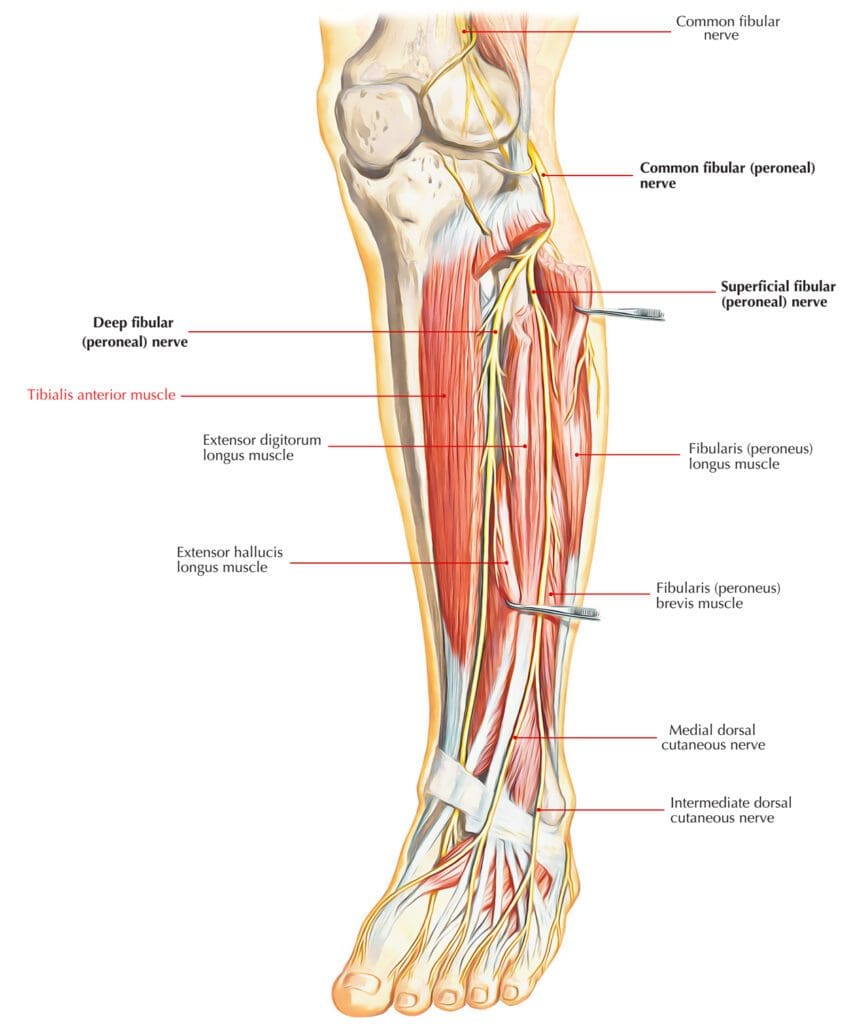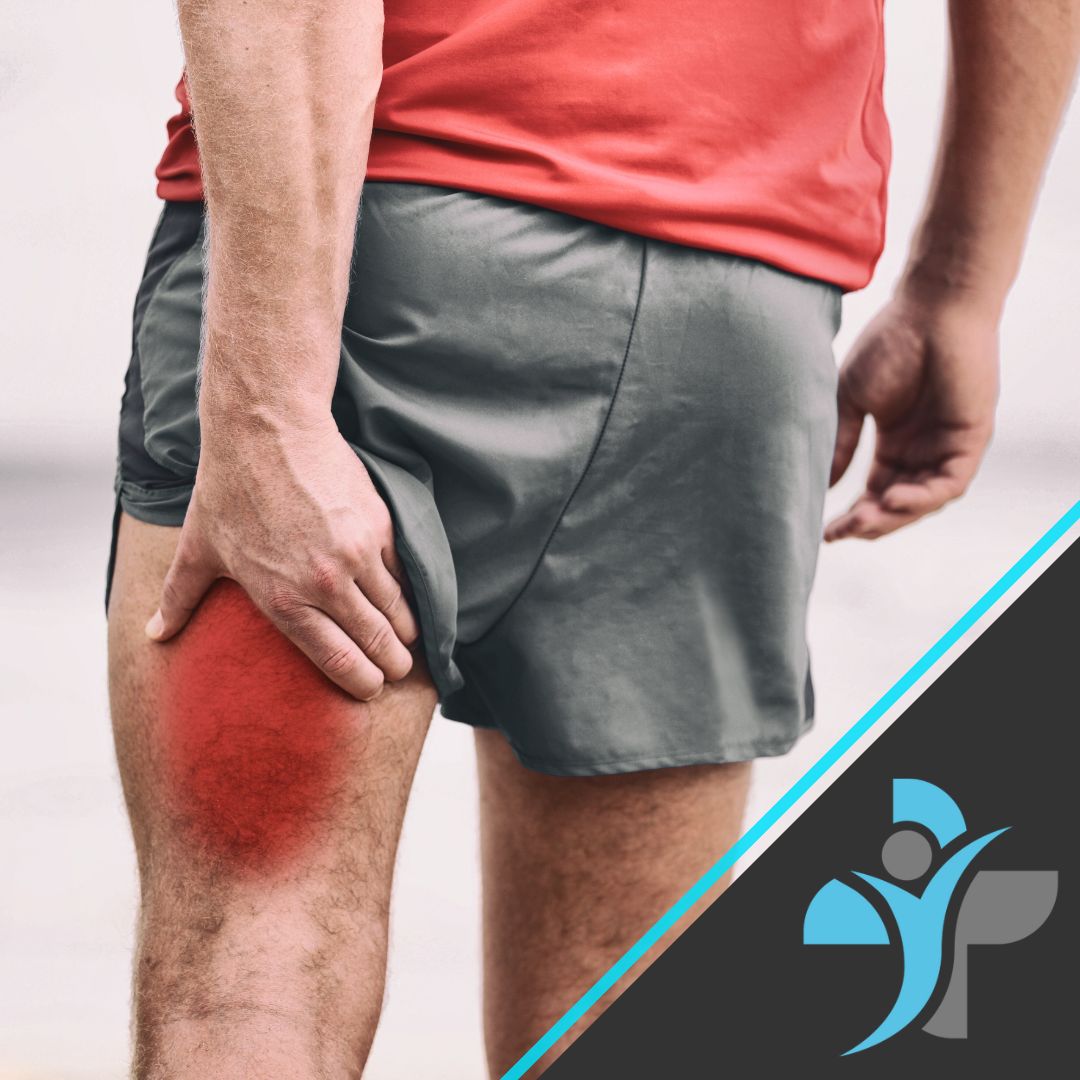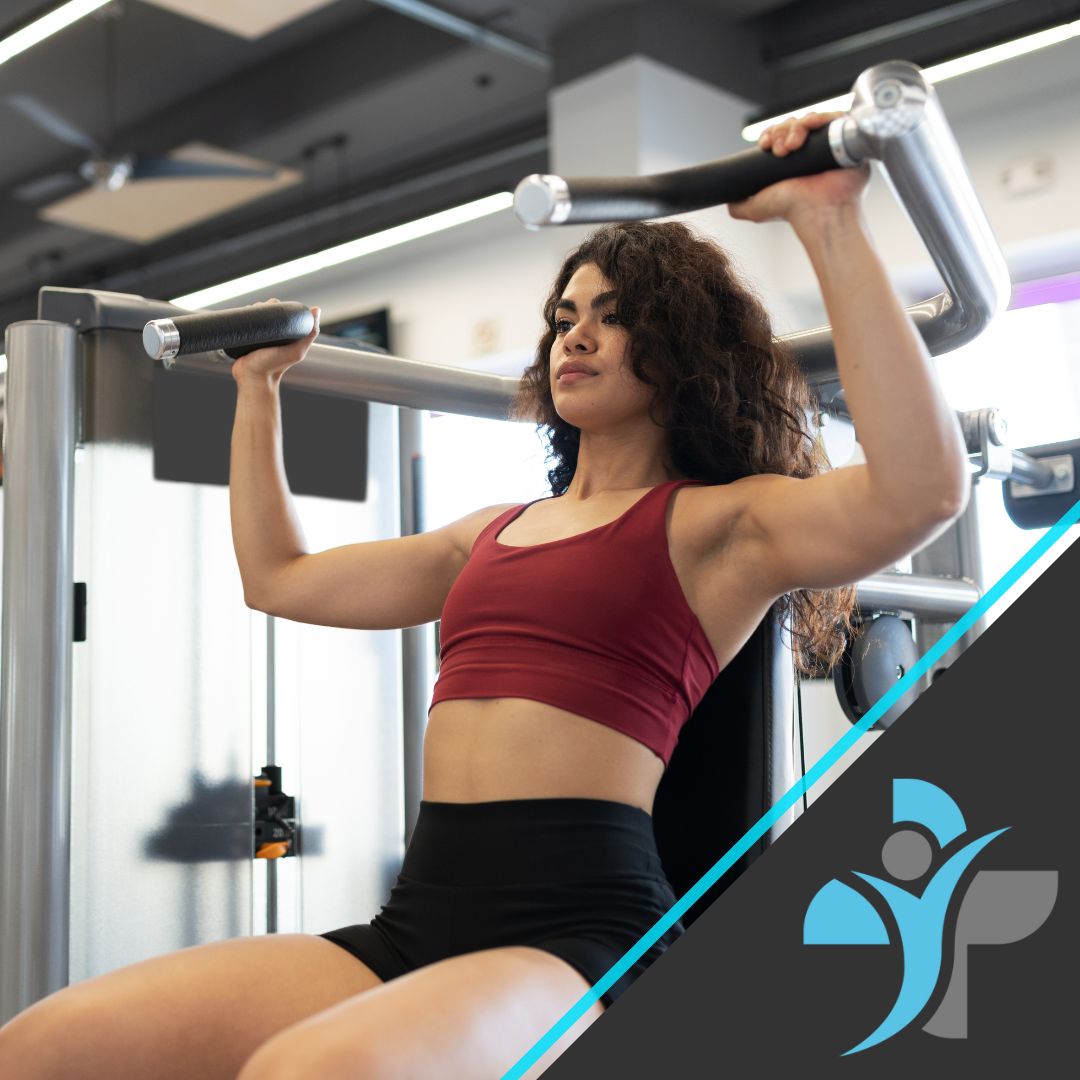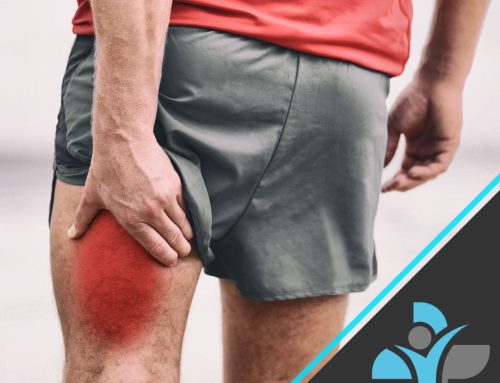
Overview
Shin splints is a generic term used to describe several conditions of the lower leg such as:
– Medial tibial stress syndrome (MTSS)
– Stress Fractures
– Compartment Syndrome
Throughout this article will we discuss the signs & symptoms for each condition.
Shin Splint Anatomy
The function of the tibialis anterior muscle is to dorsiflex the foot (bringing your toes towards the shin). Not a lot of strength is required to perform this movement and as a result the TA tends to be quite small. As the muscle contracts to perform dorsiflexion, the plantarflexors relax to allow the foot to raise. Plantarflexors are muscles that create the opposing movement of the foot, meaning they bring your toes down towards the ground. If the plantarflexors fail to relax, then the TA needs to overcome both the weight of the foot and the intrinsic resistance of these antagonistic muscles. This extra effort causes overload on the TA, resulting pain and discomfort.

Medial tibial stress syndrome (MTSS)
MTSS is inflammation of the periosteum, usually occurring on the posterior and medial surfaces of
the tibia. The inflammation results in scar tissue which can stick or ‘splint’ the affected muscles
(gastrocnemius and soleus) to the bone, making it difficult for them to lengthen, which would allow
the tibialis anterior (TA) muscle to function.
Symptoms
– Pain and discomfort in the front and medial side of the shin, especially when walking or running
uphill since the ROM required increases.
– inflammation along tibia
– persistent discomfort during activity, increases with walking or uphill running
– limited dorsiflexion (tight calf musculature)
– pain on palpation of medial tibial border
– pain on full contraction or stretch
– foot in a pronated position
Causes
– Muscle imbalance
– Impact
– Change of stress (e.g: shoes, surfaces, intensity)
– Over pronation of the foot
Stress Fractures
Continued microtrauma caused by repetitive impact can lead to small cracks developing in the tibia. The fractures often occur on the anterior tibia where the impact force is focussed.
Symptoms
– Pain felt on anterior and posterior tibia
– Increased pain with activity (particularly impact)
– Pain on palpation on anterior tibia
– Nodules along anterior tibia may be felt in more chronic stages
Causes
– Muscle imbalance
– Poor posture
– Over pronation during walking, jogging or running gait
– Overuse and excessive repetition
– Too much too soon
Compartment Syndrome
Compartment syndrome results in an increase in pressure in any of the four compartments of the lower leg
Symptoms
Symptoms are similar to those of deep vein thrombosis (DVT), so the healthcare professional should be confident that DVT is not a possibility before progressing with any treatment.
– Pain and swelling of lower limb
– Pain and discomfort increasing with activity
– Symptoms relieved shortly after activity stops
– Pain on palpation of affected compartment
– Pain on contraction of affected muscles
– Reduced ROM relating to movements of the muscles in the affected compartment
– Neurological symptoms distal to the compartment (numbness, tingling)
– Reduced pulse quality of the affected foot
Causes
– Post-impact bleeding
– Rapid hypertrophy of compartment muscles
– Inflammation of tendons from repetitive movement or impact
– Reduced flexibility in an adjacent compartment
Diagnosis
Shin splints are usually diagnosed from the patients’ medical history and a physical exam. In some cases, an X-ray or other imaging studies can help identify stress fractures.
Treatment
Rest – Avoid activities that cause pain or discomfort but don’t give up all physical activity. While you’re healing, perform low-impact exercises, such as swimming, bicycling or water running.
Ice – Apply ice packs to the affected shin for 15 to 20 minutes at a time, every 2-3 hours for several days. To protect your skin, wrap the ice packs in a thin towel.
Take an over-the-counter pain reliever. Try ibuprofen to reduce pain.
Resume usual activities gradually after your pain is gone.
Exercises
Standing Gastrocnemius Stretch
Stand facing a wall with your palms flat against it, place your left foot behind you ensuring your toes are facing forward. While keeping your left heel on the ground & your leg straight lean forward to create the stretch in the lower leg. If the stretch isn’t felt move your heel further back. Hold the stretch for 30 seconds before returning back to the starting position. Repeat a minimum of 3 times before changing legs.
Soleus Stretch
Start in the same position as the Gastroc stretch however this time the back leg needs to be bent. Making sure to keep the heel on the ground, the stretch should be felt in the lower as you bend the knee. Hold the stretch for 30 seconds before returning back to the starting position. Repeat a minimum of 3 times before changing legs.
Tibialis Anterior Stretch
Kneel down on the ground, once in this position slowly sit onto your heels. You can place your hands on the ground behind you for balance and you should be able to feel the stretch in the front of your lower leg. To get more of a stretch push down into your heels and slowly lift your knees up off the ground. Make sure to hold the stretch for 30 seconds, repeat 3 times.
Calf Raises
Resisted Dorsiflexion
Prevention
– Lessen the impact involved with the types of activity you’re doing- e.g: change from road running to softer ground running
– More support, wear more supportive shoes, arch supports
– Avoid too much overload on the shins e.g: too much high impact activity









